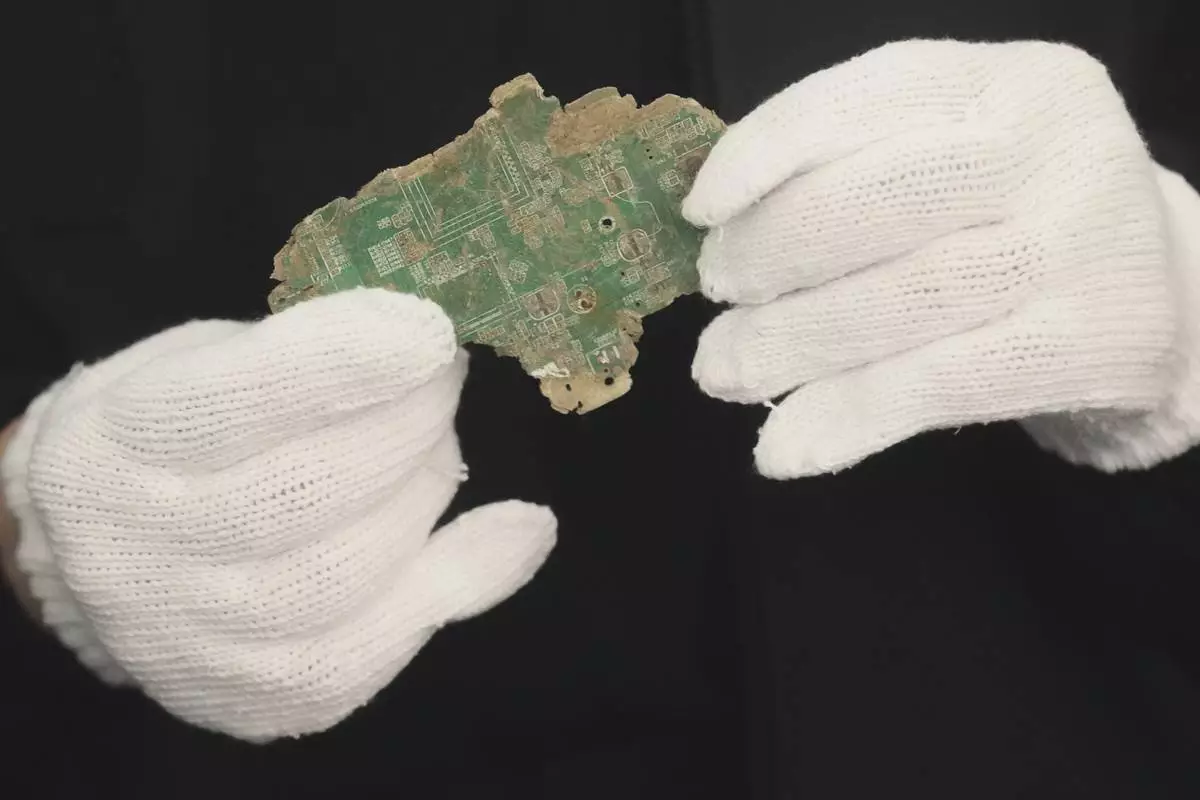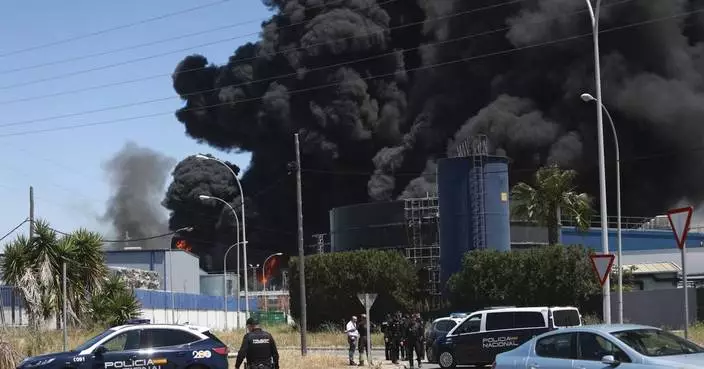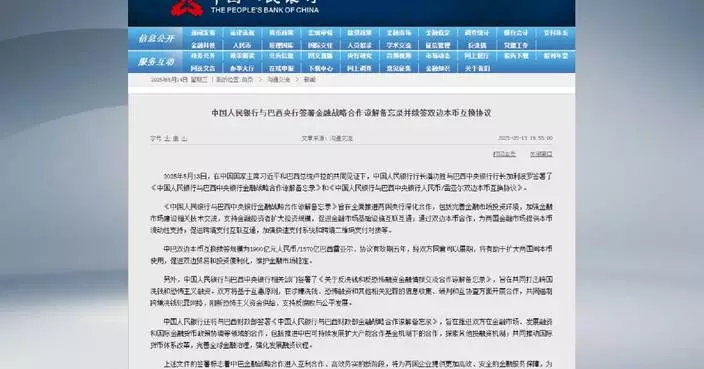WASHINGTON (AP) — The Energy Department has identified thousands of federal workers it deems "nonessential” and would not be protected if there is another round of large-scale firings, according to a document obtained by The Associated Press.
The jobs at risk include more than 8,500 positions across the Energy Department and the National Nuclear Security Administration — which upgrades and maintains the nation's nuclear warheads. The department identified them as eligible to be cut to meet the goals of President Donald Trump’s executive order for mass reductions in federal employees.
It was not clear if every position identified as nonessential would be eliminated. All federal agencies had until March 13 to identify what departments and positions could be consolidated in a planning process to streamline the agencies and ready them for potential “large scale reductions in force,” Trump’s Feb. 26 order directed.
Asked if large-scale firings are coming, the Energy Department, through spokesperson Ben Dietderich, said multiple plans are being considered and no final decisions have been made.
Sen. Patty Murray of Washington and Rep. Marcy Kaptur of Ohio said gutting the department would raise energy costs for families and businesses, slow innovation and put national and global security at risk.
“It is extremely concerning that the department is reportedly considering firing the very experts tasked with maintaining a safe, secure and reliable nuclear weapons stockpile,” the two Democrats said in a joint statement to The Associated Press. “These dangerous cuts should not transpire. We call for this foolishness to be set aside.”
There are about 17,500 federal positions within the department, which has a wide range of responsibilities beyond those for nuclear weapons. It also operates hydroelectric dams, cleans up contaminated radioactive waste sites, maintains and modernizes the power grid and provides grants for things like home weatherization. Only 9,004 of those positions were deemed essential, according to the document.
The majority of the employees within the National Nuclear Security Administration were deemed essential, according to the document. The majority of the national labs operated by the Energy Department are run by contractors and also would not be affected.
In February, the Trump administration ended up scrambling to reinstate hundreds of National Nuclear Security Administration employees who were laid off by Elon Musk's Department of Government Efficiency after it became apparent many were directly supporting nuclear weapons management.
About 3,000 employees at the Energy Department work directly for the nuclear security agency, which manages national security complexes nationwide where nuclear weapons material and warhead components are stored and refurbished to maintain the nuclear weapons stockpile.
According to the document, about 500 positions at the nuclear security agency and about 8,000 jobs across the Energy Department were deemed nonessential. Some of those have already been reduced through deferred resignations.
Energy Secretary Chris Wright has said the department grew too big during the Biden administration in the last four years and now he’s right-sizing it. He acknowledged publicly that it was a mistake to lay off the nuclear security agency workers in February.
Unlike some of the other federal agencies where cuts have left a deep impact on employment in the national capital region, much of the Energy Department's workforce is scattered throughout the country in different energy sectors.
An earlier round targeted probationary employees but was thrown out by a federal judge.

President Donald Trump waves as he arrives at the Trump International Golf Club, Friday, April 4, 2025, in West Palm Beach, Fla. (AP Photo/Alex Brandon)

FILE - Tesla CEO Elon Musk attends the opening of the Tesla factory Berlin Brandenburg in Gruenheide, Germany, March 22, 2022. (Patrick Pleul/Pool via AP, File)
























































